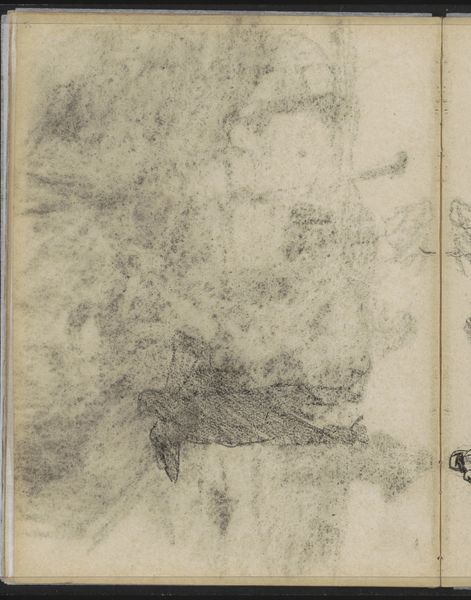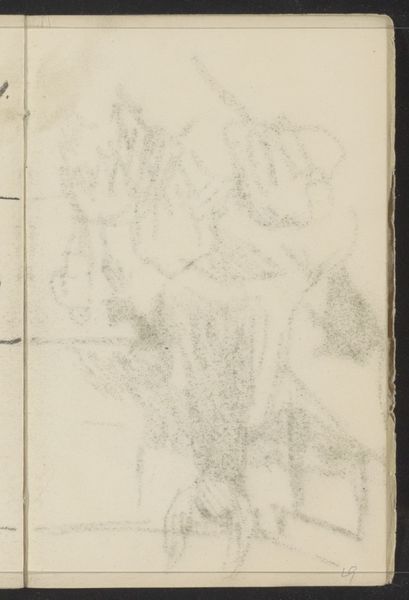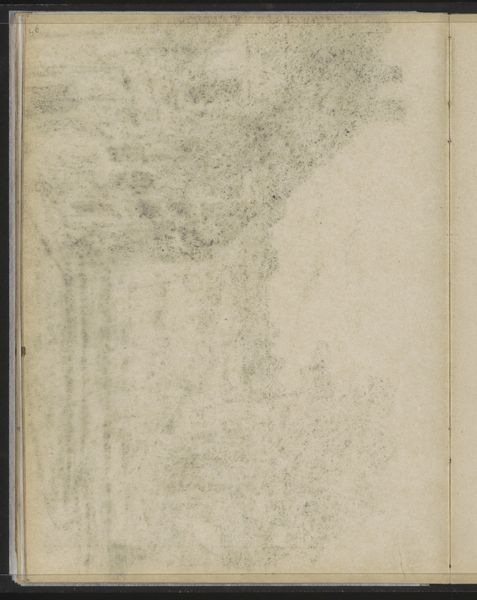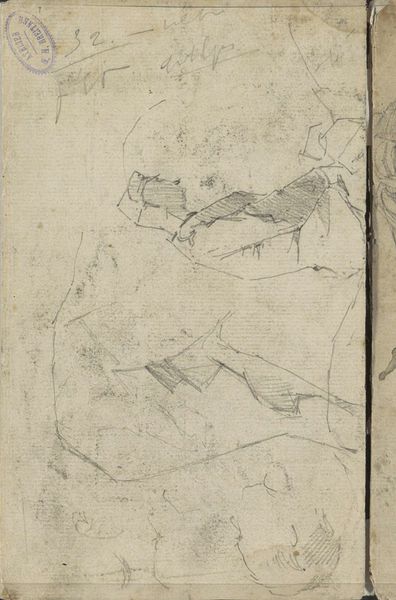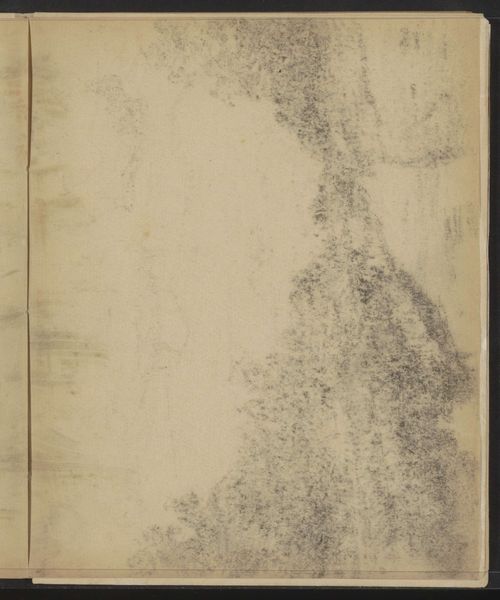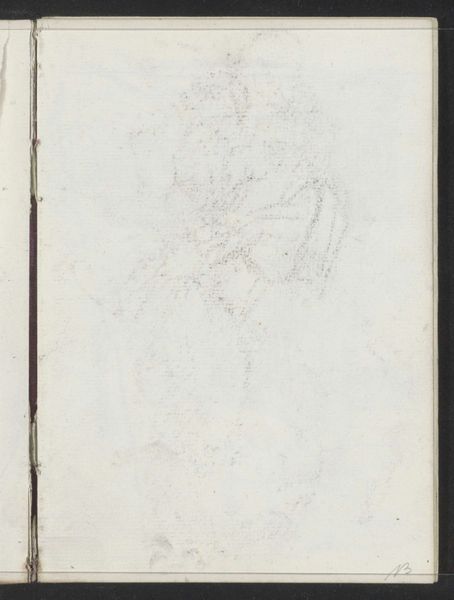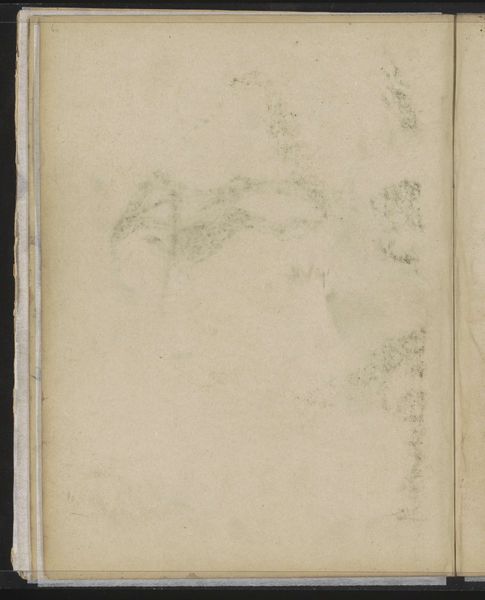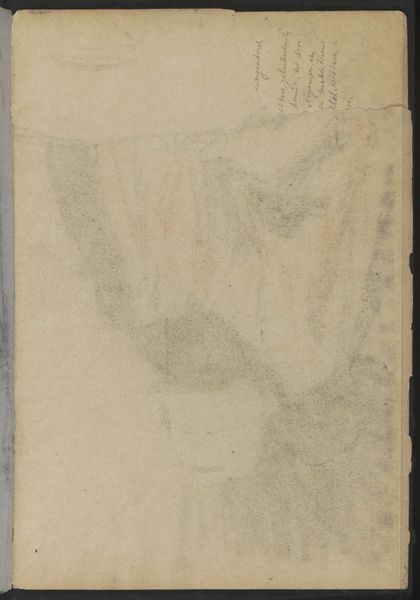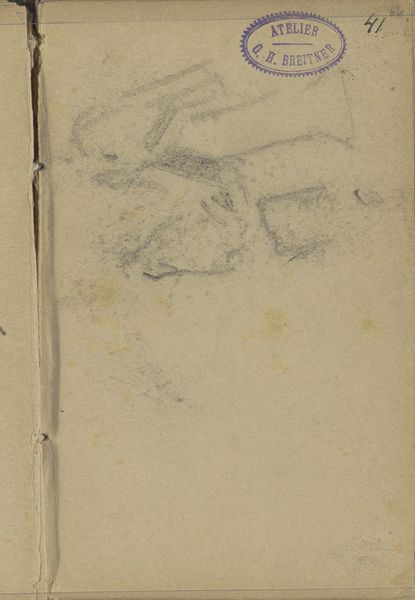
drawing, paper, pencil
#
drawing
#
impressionism
#
paper
#
form
#
pencil
#
abstraction
#
line
#
watercolor
Copyright: Rijks Museum: Open Domain
Editor: We’re looking at Carel Adolph Lion Cachet’s "Studie in de vorm van een halve ovaal," from around 1890, done in pencil on paper. It's intriguing how something so abstract and minimal evokes such a feeling of quietness and contemplation. What do you make of this work? Curator: It’s tempting to see this piece purely through an aesthetic lens, appreciating the delicate lines and the subtle interplay of form and emptiness, but that would be a mistake. Cachet worked during a time of rapid social and industrial change. How might abstraction like this offer an escape from the representational expectations of art that was popular with the middle class? Editor: An escape, interesting. You mean, instead of painting portraits or landscapes that affirmed their status, this kind of work challenged traditional values? Curator: Precisely! It questions what art is supposed to *do*. Consider the Rijksmuseum's role itself in displaying such a piece. How does including abstract studies challenge the traditional narrative of art history presented within the museum walls? It invites us to reconsider art's purpose beyond mere decoration or documentation. Do you see how an unassuming drawing opens these doors? Editor: I hadn't considered the museum's role in framing it that way, but that makes so much sense! I initially saw only the quietness, the sort of intimate experience. Curator: And that's valid. The personal experience is inseparable from larger shifts of Cachet’s era, an important element to note, isn't it? It reveals to us the evolution of modernism and challenges its audiences’ values through its aesthetic principles and non-conformist agenda. Editor: Yes, that really shifts my understanding. Thanks! I’ll never look at a simple sketch the same way again.
Comments
No comments
Be the first to comment and join the conversation on the ultimate creative platform.
